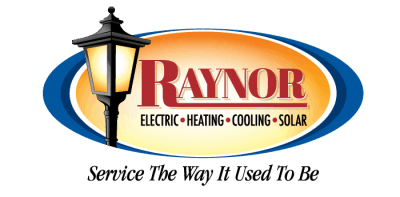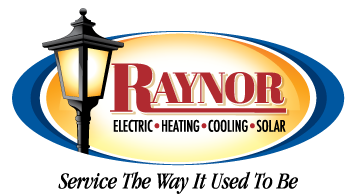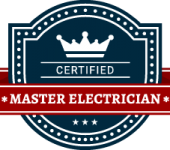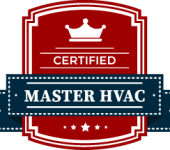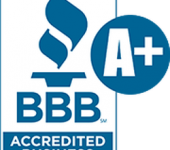Your furnace isn’t exactly a conversation starter. However, it is a vital part of your home. It hums away in the background, keeping you warm during the harsh winter months. But just like your car needs regular maintenance to run smoothly, so does your furnace. Skipping your yearly tune-up can lead to expensive repairs, energy and heat loss, and even breakdowns in the dead of winter – not exactly a recipe for comfort.
So, what exactly happens during a tune-up? Essentially, a tune-up is a comprehensive health check for your heating system. Here’s what a qualified HVAC technician will usually include in their furnace tune-up checklist.
Safety First
- Carbon monoxide (CO) levels: CO is a colorless, odorless gas that can be deadly. An HVAC technician will use a specialized meter to check for any CO leaks around your furnace. Even slow leaks can lead to a dangerous buildup of gas.
- Flue system inspection: The flue is responsible for venting combustion gases out of your home. The technician will inspect it for blockages, cracks, or leaks to prevent dangerous fumes from accumulating indoors.
- Electrical connections: Loose or faulty electrical connections can pose a fire hazard. The technician will inspect and tighten all relevant connections to ensure safe operation.
Peak Performance
- Burner inspection and cleaning: A dirty or clogged burner can lead to inefficient combustion, reduced heating output, and higher energy bills. Depending on the maintenance plan you have the technician will thoroughly clean the burner and adjust its settings for optimal performance.
- Heat exchanger inspection: The heat exchanger is the core of your furnace, transferring heat to the air circulating throughout your home. The technician will inspect it for cracks or corrosion, as damage here can be expensive to repair.
- Blower inspection and cleaning: The blower fan circulates warm air through your home. Depending on the maintenance plan you have the technician will clean the fan and its components to ensure proper airflow and efficient heat distribution.
- Filter replacement: A dirty air filter restricts airflow and reduces efficiency. Depending on the maintenance plan you have the technician will replace the filter with a new one, typically as part of the tune-up service. However, air filters should be replaced every 3 months, so if you aren’t sure how to do it yourself, ask them to show you.
Additional Considerations
- Thermostat calibration: An inaccurate thermostat can lead to temperature fluctuations and discomfort. The technician will test and calibrate your thermostat to ensure it accurately reflects the desired temperature setting.
- Safety controls: The technician will verify that all safety features, such as the flame safeguard and limit switch, are functioning correctly.
Reap What You Sow
- Prevents costly repairs: Early detection of potential problems can save you from expensive repairs down the road.
- Improves efficiency: A well-maintained furnace operates more efficiently, leading to lower energy bills and reduced environmental impact.
- Extends lifespan: Regular tune-ups can extend the lifespan of your furnace, delaying replacements.
- Ensures safety: Regular checks for CO leaks and other safety hazards provide peace of mind and protect your family.
- Reduces breakdowns: By addressing minor issues before they escalate, you can avoid breakdowns during peak winter months.
The exact furnace tune-up checklist your technician will run through depends on your service request, the prior date of service, the type and condition of your furnace, and potentially other factors. If you have questions, always feel free to ask. The main point is that your technician should spend a decent amount of time in your home for the inspection, looking at various parts, and cleaning the areas that need it. A technician who is in and out in five minutes has not performed an adequate inspection.
When to Schedule a Furnace Tune-Up
Ideally, schedule your tune-up in the fall, before the winter heating season begins. This ensures your system can handle the increased demand and prevent potential breakdowns when you need it most.
Just like you wouldn’t ignore a persistent cough or headache, don’t neglect your furnace’s health. Annual heating services are a wise investment that saves you money, keeps your family safe, and ensures a warm and comfortable winter season.
